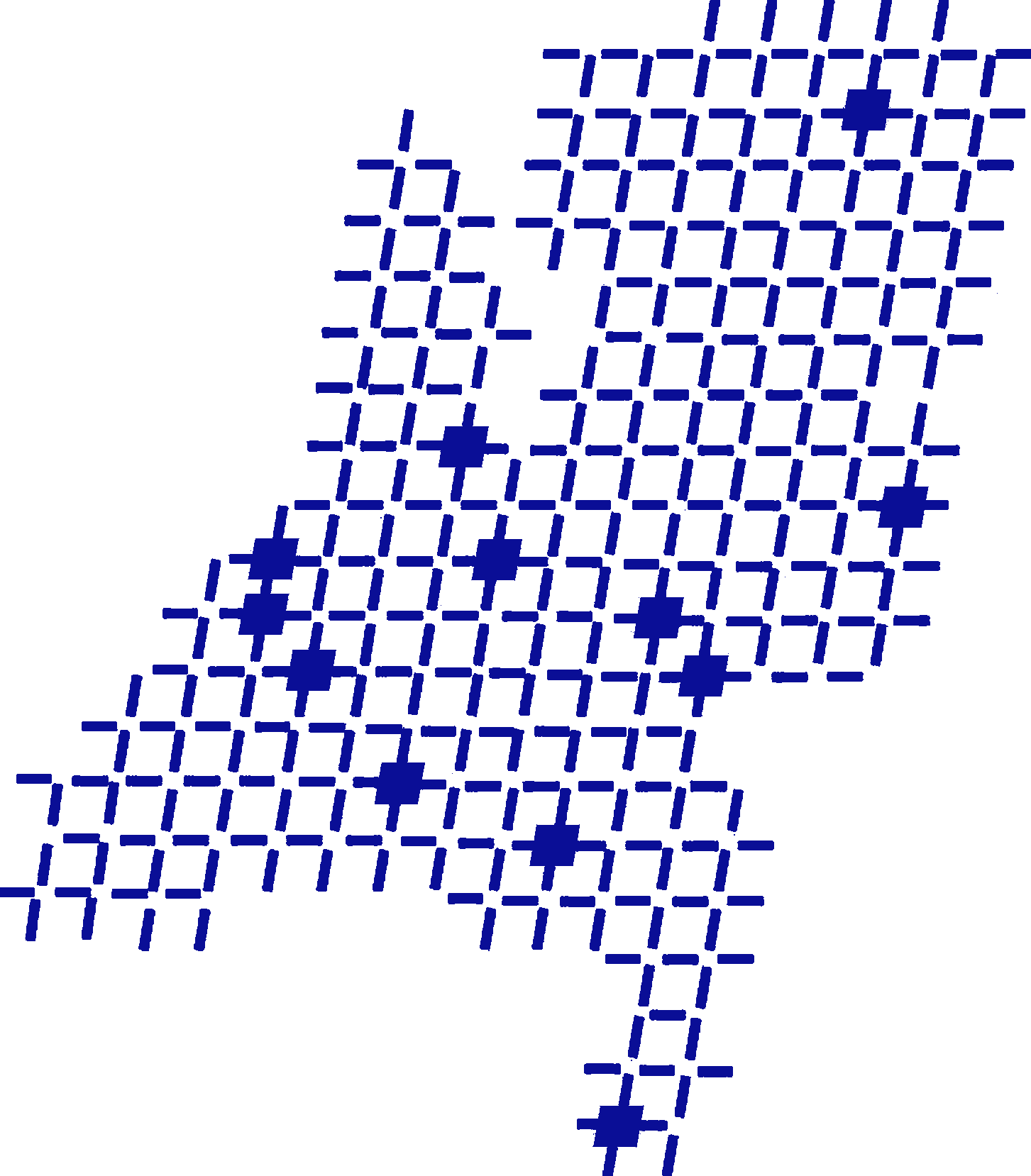Abstract:
Water-related disasters are an important proportion of natural disasters all over the earth, and due to global warming this proportion is likely to increase even more in the future. Many of these water-related disasters are caused by flooding. Almost half a billion people live on or near deltas, often in megacities, and many of those have experienced severe flooding in the past decade. Floods can have an enormous impact on a region caused by loss of human lives and economical damage. Because the benefit of investing in risk-reducing measures is not immediately visible, and because the probability of such a disaster is often very small, many governments do not pay as much attention to protection as they probably should. Since the severe flooding disaster in the south-western parts of the Netherlands in 1953, the Dutch government is very much aware of the flooding risks that The Netherlands is exposed to. Soon after 1953, Van Dantzig started the cost-benefit analysis of the dike height optimization problem, which tries to find the optimal balance between investing in dikes (costs) and reducing the risks of floods (benefits). Both increasing flood probabilities and economical growth prevent a static solution and enforce repeated future investments in dikes. We extend Van Dantzig's model and try to to answer the fundamental questions of when and how much to invest in which parts of the constituent segments of a dike ring protecting a certain area of land. This problem is solved by formulating it as a Mixed-Integer Nonlinear Programming (MINLP) model. A solution method is proposed that combines the use of state-of-the-art solvers with techniques that exploit the problem structure. Dutch government agencies use the model to analyze the main dike rings in The Netherlands and to propose new safety standards to be incorporated in the Dutch Water Act.
